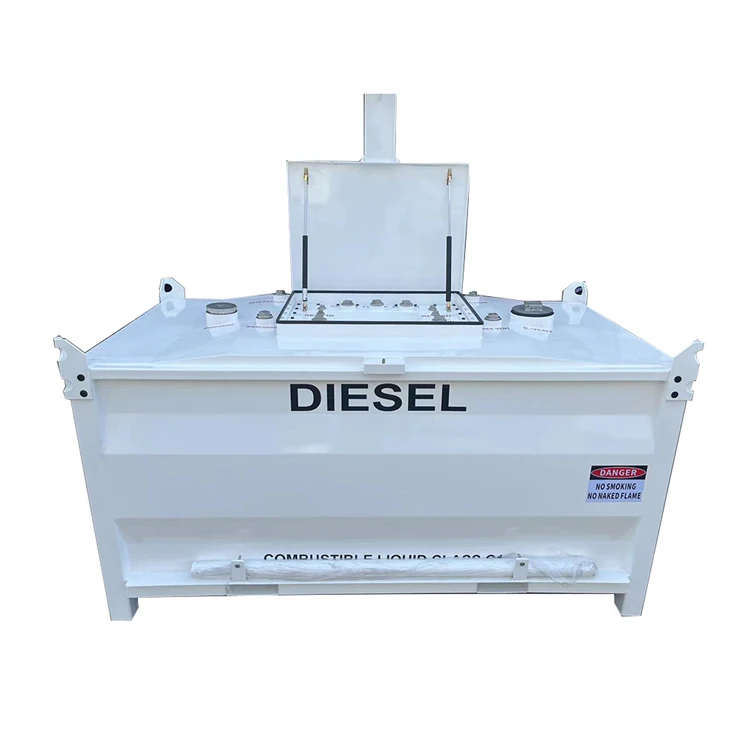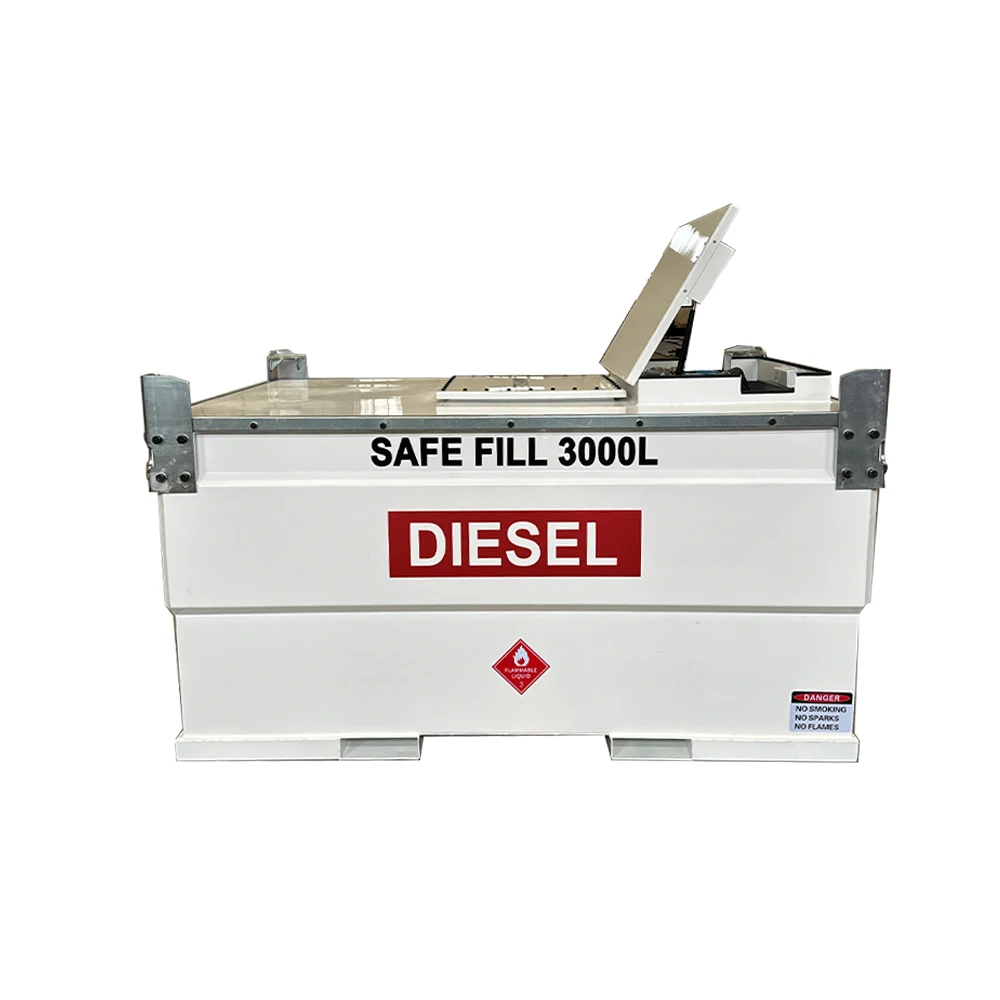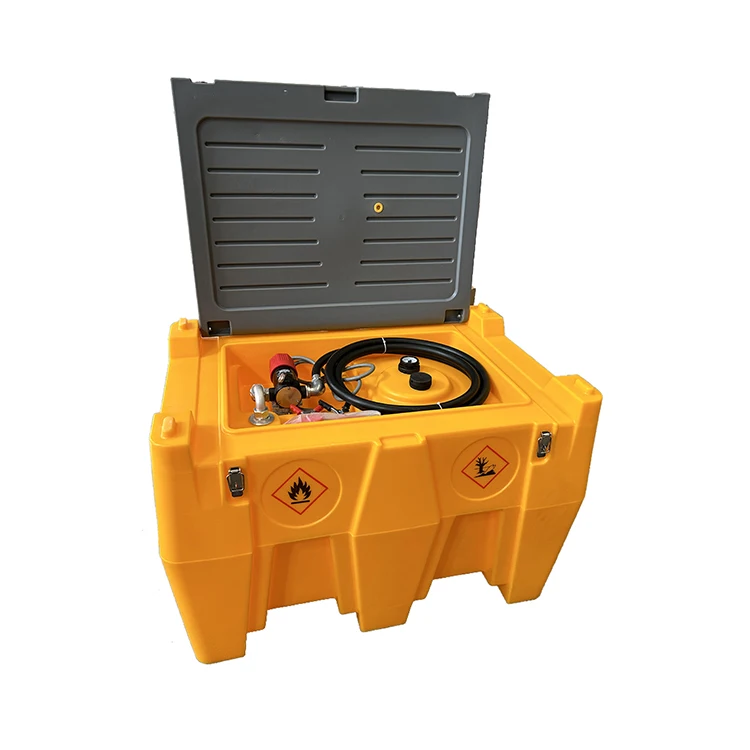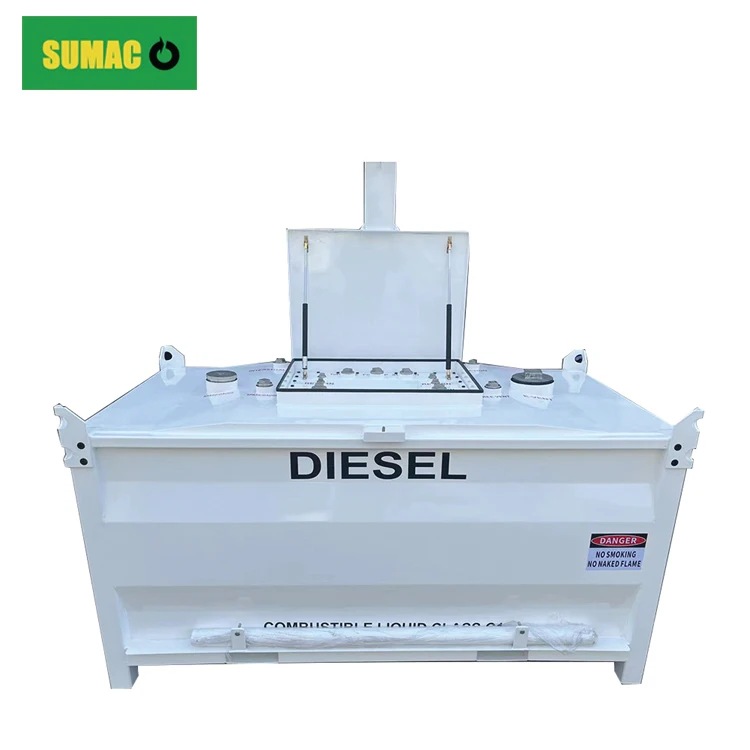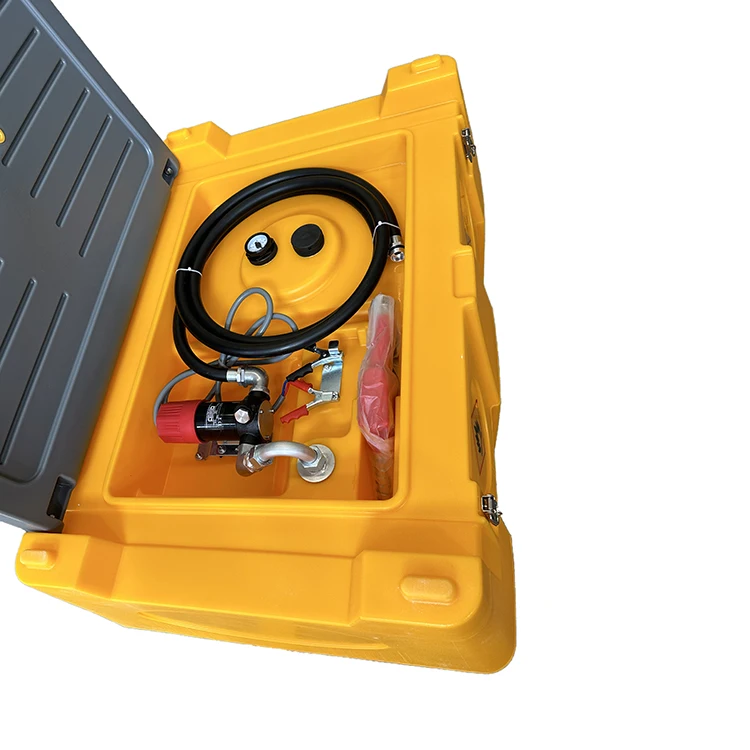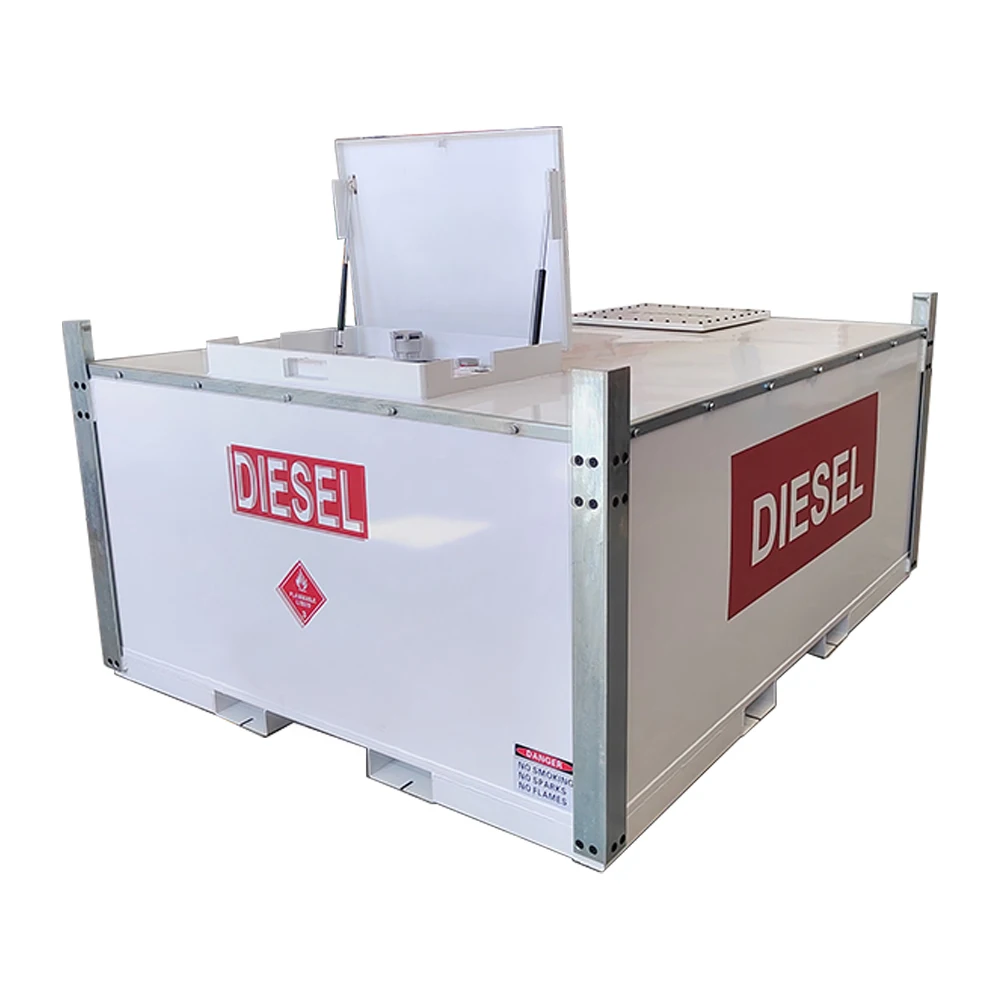Portable fuel tank
Uses and application scenarios
Self-driving and off-roading: In remote areas or on routes with large distances between gas stations, portable fuel tanks can be used as backup fuel reserves to prevent vehicles from running out of fuel.
Water sports: such as boating, jet skiing, etc., portable fuel tanks provide additional fuel supply for water vehicles to extend their range.
Emergency power generation: In the event of power outages or field operations, portable fuel tanks can provide fuel for small generators to ensure power supply.
Agriculture and gardening: Used to provide fuel for agricultural machinery, gardening equipment, etc., which is convenient for working in the fields or deep in the garden.
Material classification
Metal materials: such as stainless steel, aluminum alloy, etc. Metal portable fuel tanks are highly safe, have good corrosion resistance and high temperature resistance, can effectively prevent static electricity accumulation, and reduce fire hazards, but they are heavy and relatively expensive.
Plastic materials: Common ones include polyethylene, etc. Plastic portable fuel tanks have the advantages of light weight, low price, good impact resistance, etc., but they are easy to cause static electricity, poor heat resistance, easy to age, and have certain safety risks.
Structural design
Sealing design: Use high-quality sealing materials and structures, such as rubber gaskets, threaded seals, etc., to ensure that the fuel tank will not leak fuel during transportation and use.
Refueling port and fuel outlet: The fuel inlet is usually designed with a suitable caliber to facilitate the insertion of the fuel gun, while the fuel outlet is equipped with corresponding valves and fuel pipes to control the outflow of fuel. Some are also equipped with rotatable or retractable fuel pipes for easy refueling operations.
Liquid level display: Some portable fuel tanks are equipped with liquid level display devices, such as transparent observation windows, liquid level gauges, etc., so that users can know the remaining fuel in the tank at any time.
Handle or shoulder strap: For easy carrying, portable fuel tanks are generally equipped with sturdy handles or adjustable shoulder straps. The handle design is ergonomic and easy to hold, and the shoulder strap can reduce the burden when carrying.
Precautions for use
Comply with regulations: Different countries and regions have different regulatory requirements for the use of portable fuel tanks. For example, in China, according to the Road Traffic Safety Law, the fuel tanks carried must meet national standards and be firmly fixed, without leakage hazards, and their capacity is generally limited to less than 10% of the vehicle's fuel tank.
Safe storage: Portable fuel tanks should be stored in a well-ventilated place away from fire and heat sources, and avoid direct sunlight. When placed in the car, make sure it is firmly fixed to prevent shaking and collision during driving.
Regular inspection: Regularly check the sealing of the fuel tank, whether the appearance is damaged, whether the valve and oil pipe are normal, etc. If any problems are found, they should be replaced or repaired in time.
Correct refueling: Use dedicated refueling equipment when refueling. It is strictly forbidden to refuel near open flames or static electricity. At the same time, avoid overfilling. It is recommended to control the refilling amount to less than 80% of the tank capacity to cope with the expansion problem that may be caused by temperature changes.
https://www.sumachine.com/
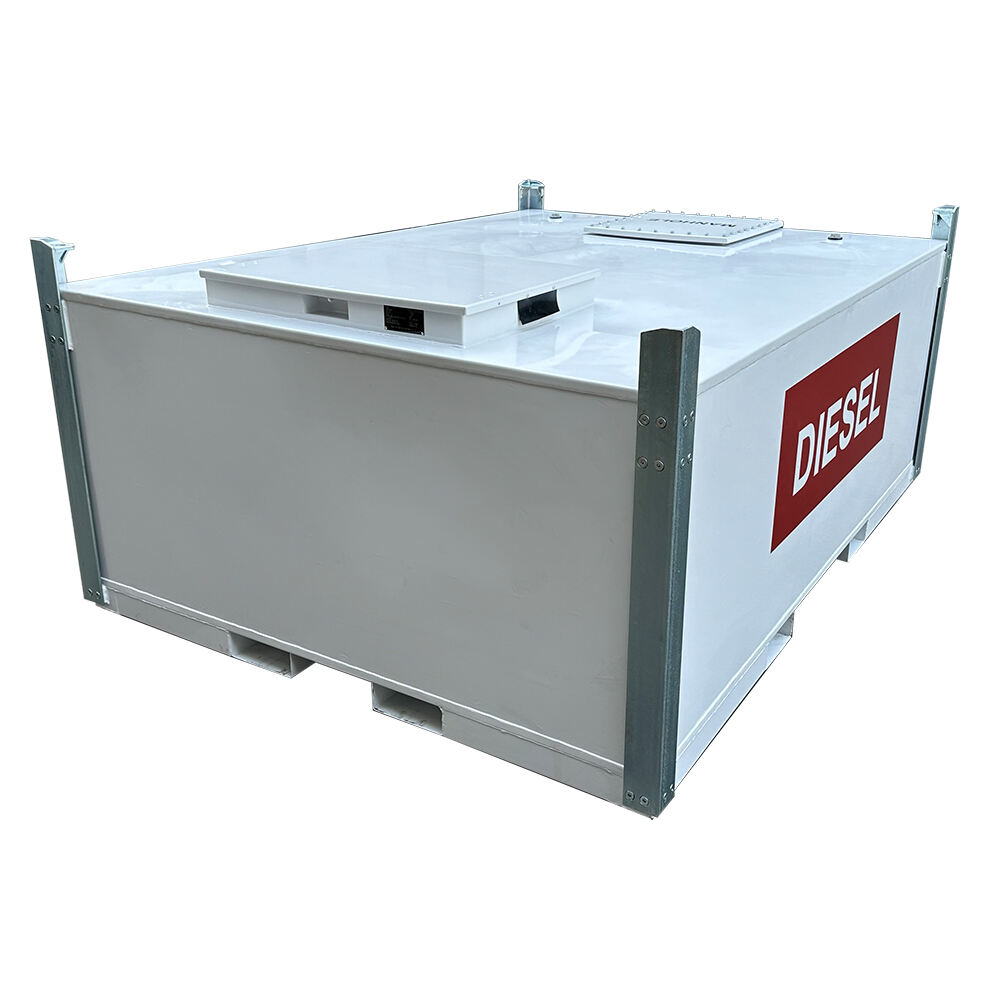
Recommended Products
Hot News
-
Double wall portable diesel gasoline cube tank with pump sale for Mauritius
2024-11-11
-
Double Walled Portable Fuel TransferCube Tank Ship To Spain
2024-11-07
-
Shipping of portable aviation fuel tank with pump
2024-10-12
-
Carbon steel diesel fuel cube tank ship to USA
2024-11-14
-
Carbon steel cube tank with pump
2024-11-13
-
Fuel Transfer Tank Cube Stationary Double Walled Diesel Storage Tank Sale For Spain
2024-11-06
-
251 US Gallon 552 Gallon Fuel Cube Transfer Tank Sale For USA
2024-11-05
-
251-2000 Gallon Fuel Cube Transfer Tank Sale For Grenada
2024-11-01
-
552 Gallon portable fuel dispenser with tank sale for USA
2024-10-30
-
Mobile fuel tank with pump sale for Spain
2024-10-22
 EN
EN
 AR
AR
 BG
BG
 HR
HR
 CS
CS
 DA
DA
 NL
NL
 FI
FI
 FR
FR
 DE
DE
 EL
EL
 IT
IT
 JA
JA
 KO
KO
 NO
NO
 PL
PL
 PT
PT
 RO
RO
 RU
RU
 ES
ES
 SV
SV
 TL
TL
 ID
ID
 LT
LT
 SR
SR
 SK
SK
 SL
SL
 UK
UK
 VI
VI
 HU
HU
 TH
TH
 TR
TR
 MS
MS
 GA
GA
 IS
IS
 KA
KA
 HT
HT
 KK
KK
 UZ
UZ


